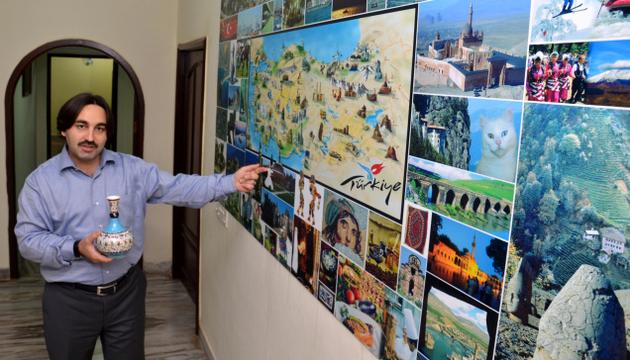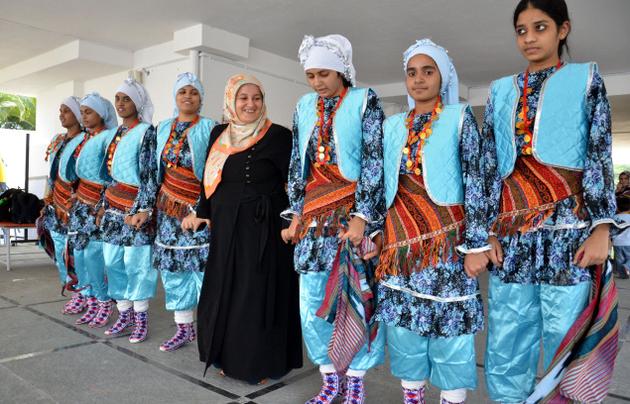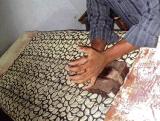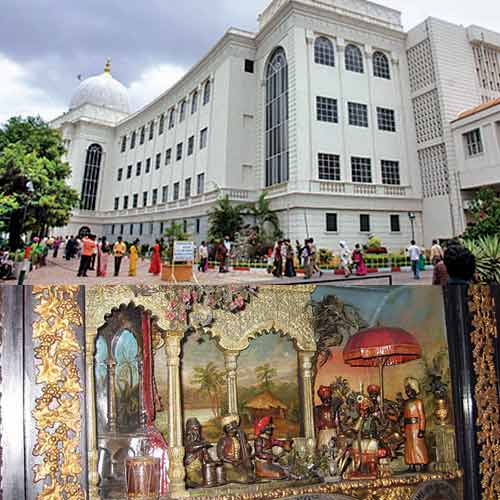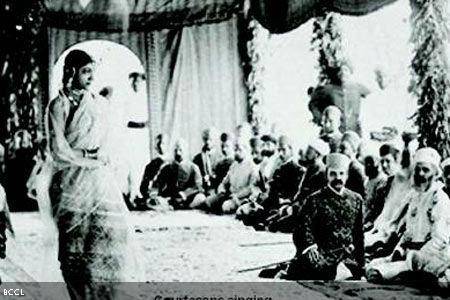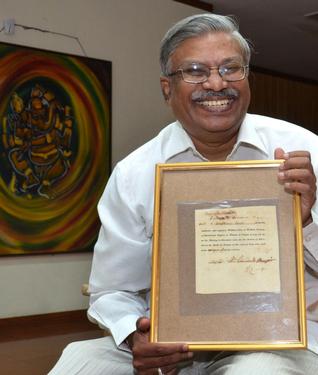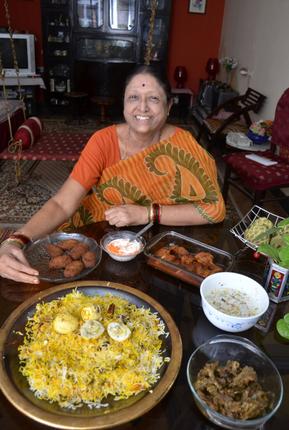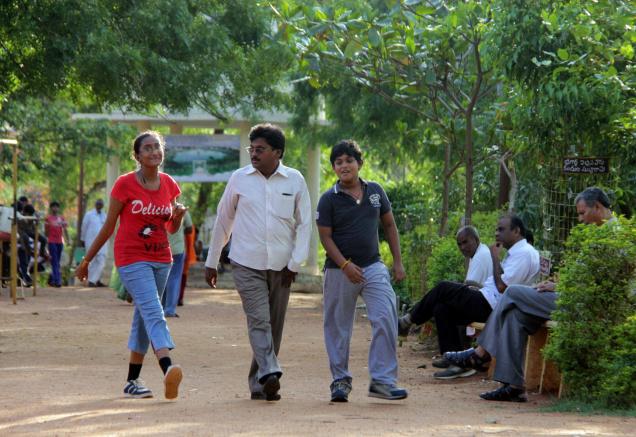
Bearing excellent paintings, richly illuminated and gilded, the fine-bound manuscripts at Salar Jung Museum are real treasures.
Salar Jung Museum contains some ‘valuable books of art’— illustrated manuscripts — of Persian and Deccani languages. Bearing excellent paintings, richly illuminated and gilded, fine-bound and owned once by royal personages the Museum’s manuscripts are real treasures.
Manuscript illustration was greatly prized by Mughal emperors, their nobles and Deccani Sultans. Akbar who had 100 artists – painters, illuminators, scribes, book binders – in his atelier had many manuscripts including Hamza Nama, Ramayana, Mahabharata illustrated. His principal noble at Ahmedabad, Khan Khanan, built up a world class library containing illustrated manuscripts. Ibrahim Quli Qutb Shah, who ruled Golconda from 1550 to 1580, had set up a studio in his palace for calligraphers, painters, gilders and book binders and had manuscripts of fine quality produced.
‘The art books’ of the royal workshops form a priceless heritage, “at times of regal splendour…. and always a joy to behold” (Karl Khandalavala).
Of Salar Jung Museum’s famous illustrated manuscripts, a description of four books is attempted here. They are: Tuhfe-e-Sami, Majalis-ul-ushshaq, Khamsa-e-nizami, and Diwan-e-sultan Muhammad Quli Qutb Shah.
1. Tuhfe-e-Sami: The author of this 229-folio Persian manuscripts is Prince Sam Mirza (1517-76), son of Shah Ismail, the founder of Safavid dynasty in Persia. Prince Sam Mirza dedicated Tuhfa containing biographies of poets, painters, calligrgaphers and other learned men to his brother Shah Tahmasp (1524-76), the ruler of Persia who, however, put ‘Sam’ to death in 1576 when he rebelled against him. The manuscript is gilded and highly ornamented. Done in Shirazi style of Persia the Thufa’s ten miniatures “are of excellent quality and very colourful with charming colour contrast’’ (Karl Khandalavala).
The manuscript scripted in fine Nastaliq bears a seal of the year of A.D. 1651 of one Mustafa Khan Lari, who was probably a Golconda noble.
2. Majalis-ul-ushshaq ( Assemblies of lovers): Purchased by Sir Salar Jung I (1829-83), ‘Majalis-ul-ushshaq’ is an account in Persian of the Sufi saints being in love with women and men. Sufi doctrines explain that to experience the beauty of the ‘unseen’ God the first step is the worldly love – love of women and men. The power and course of such love as experienced by some Sufi saints is depicted in majority of the 71 miniatures contained in the manuscript.
The book has a lot of gold used in decorating its 237 folios, headings and borders. The painting style of its miniatures is of Shirazi school of Persia.
The author of this manuscript is Mansur bin Baiqara (1469-1506) who wrote it in 1552. The script is good Nastaliq and the scribe is Amir-al-katib.
3. Khamsa-e-nizami: The Khamsa (five-piece verse collection) of the poet Nizami, a Persian poet, is one of the most famous Persian works and there are numerous illustrated copies of it in Persian and Mughal schools of painting. The Mughal style Museum’s Khamsa was purchased in 1739 for the library of Nawab Munirddoulah Wakil-us-sultan (Prime Minister). It consists of five ‘mathnavis’ (long poems) dealing with the stories of Laila-Majnun, Khusrau-Shirin, King Behraum Gaur, Sikandar and Sufism.
It contains five unwans (title pages), gilded and highly ornamented. Its 325 creamish folios are gold sprinkled. Its eleven full-page miniatures show animals, brilliantly drawn and figures, finely painted. Dated A.D.1618, the scribe of Khamsa is Fatah Muhammed bin Moulana Sahib Katib and the script is good Nastaliq.
The manuscript bears the seal of Lutfullah khan, a noble of Mughal family, who appears to have died in Golconda when Aurangazeb was engaged in conquering the fort.
4. Diwan-e-sultan Muhammad Quli Qutb Shah: Written in ‘Zubane-deccani’ by Sultan Muhammed Quli Qutb Shah who ruled from Golconda between 1581 and 1611 is regarded as the earliest poet in Deccani language(Urdu). He founded the city of Hyderabad and built the famous Charminar. His ‘Diwan’(odes) deals with subjects like sports and games, royal palaces, seasons and description of his 17 mistresses.
Dated 1595, the Diwan has eight miniatures, all gems of miniature art. It was written by Moulana Zainuddin, Khushnawis (calligrapher) of the Sultan. The paper used is gold sprinkled. The script is excellent Thulth. It has 138 handsome folios.
Deputy Keeper (Retd.), Salar Jung Museum
source: http://www.thehindu.com / The Hindu / Home> News> Cities> Hyderabad / by B. Kotaiah / September 19th, 2013
